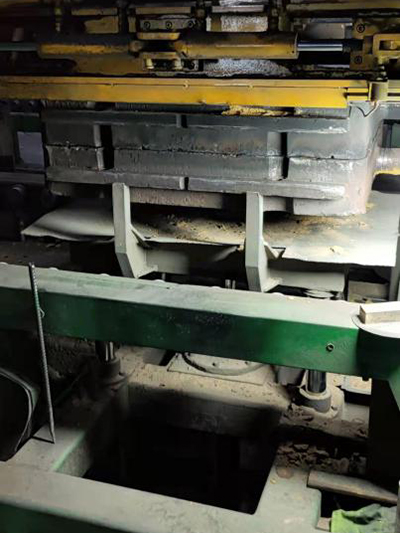The Importance and Applications of Sand-Resin Mixtures
Sand-resin mixtures have gained significant attention in various industries, particularly in construction, foundry, and manufacturing sectors. This composite material combines the bulkiness and stability of sand with the bindability and durability of synthetic resins, resulting in a versatile medium that has proven effective in many applications.
Composition and Properties
The primary components of a sand-resin mixture include sand and resin, where sand serves as the aggregate providing structural integrity, and resin acts as a binding agent. The choice of resin can vary, encompassing types such as epoxy, polyester, or phenolic resins, each offering different properties tailored to specific needs. The mixture typically involves a precise ratio of sand to resin, which significantly influences the final properties of the composite, such as strength, flexibility, and resistance to environmental factors.
One of the most notable characteristics of sand-resin mixtures is their ability to set quickly while providing a strong bond. This rapid curing process is essential in applications where time is a constraint, such as in manufacturing processes where molds or components need to be produced efficiently. Additionally, the resultant material exhibits excellent mechanical properties, contributing to its widespread usage.
Applications in the Foundry Industry
In the foundry industry, sand-resin mixtures are predominantly used for making molds and cores in metal casting. The use of resin-bonded sand helps in producing high-quality castings, where the dimensional accuracy and surface finish are critical. Unlike traditional sand molds that use water as a binder, sand-resin mixtures do not require additional moisture, which can lead to problems like sand sticking to the casting surface or defects due to moisture loss. This feature greatly enhances the quality of the final products and reduces post-processing work.
sand resin mixture

Moreover, the thermal stability of sand-resin mixtures enables them to withstand high temperatures encountered during the metal casting process, making them indispensable in modern foundries.
Construction and Civil Engineering
In construction, sand-resin mixtures are often utilized in the development of composite materials for infrastructure projects, such as roadways and bridges. The durability provided by the resin can significantly enhance the lifespan of structures while reducing maintenance costs. The mixtures are also used in the production of precast concrete products, where the added strength and flexibility make them ideal for high-stress applications.
Another exciting application of sand-resin mixtures is in the field of 3D printing technology. As additive manufacturing continues to evolve, the need for high-quality printing materials has surged. Sand-resin mixtures can be adapted into 3D printing materials that allow for the creation of complex geometries with exceptional strength and resilience.
Environmental Considerations and Future Prospects
As industries strive for more sustainable practices, the use of sand-resin mixtures is no exception. Researchers are exploring the incorporation of bio-based resins derived from renewable sources, which can reduce the environmental impact associated with traditional petroleum-based resins. Additionally, the recyclability of spent sand from foundries can lead to more sustainable practices, as it can be reused or repurposed in the creation of new mixtures.
In conclusion, sand-resin mixtures are a critical composite material with various applications across multiple industries. Their unique properties give them a competitive edge, particularly in foundry processes and construction projects. As advancements in material science continue to progress, the future of sand-resin mixtures looks promising, showcasing the potential for greater innovation and sustainability in their application. Whether improving casting quality in foundries or enhancing the durability of infrastructure, sand-resin mixtures will undoubtedly play a significant role in shaping the future of engineering and manufacturing.
Post time:okt . 12, 2024 19:11
Next:unique sand casting
